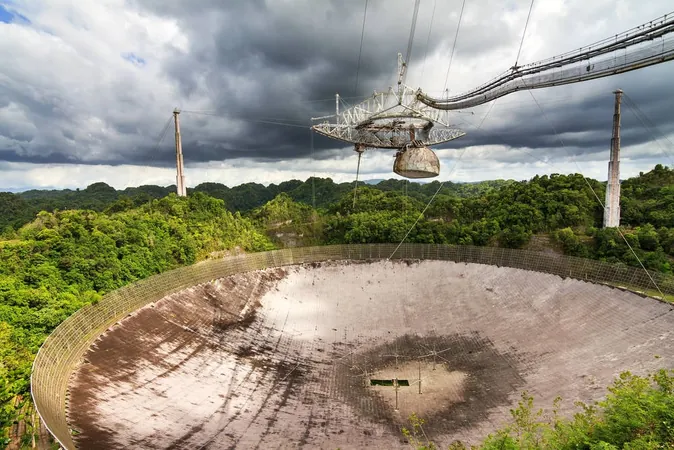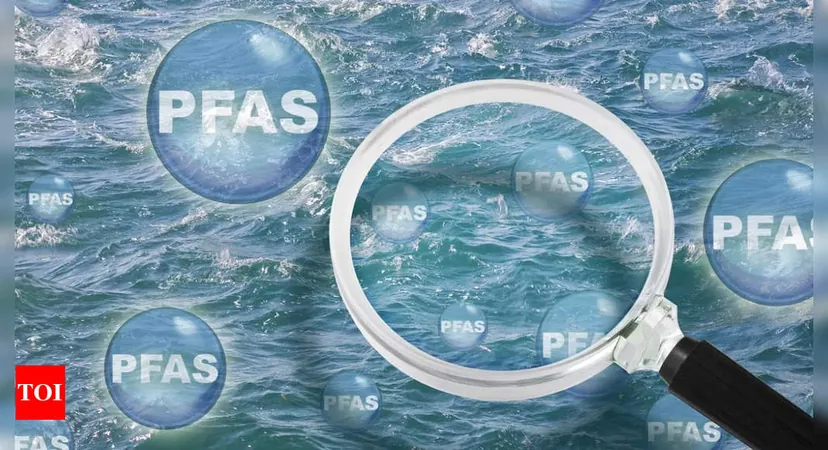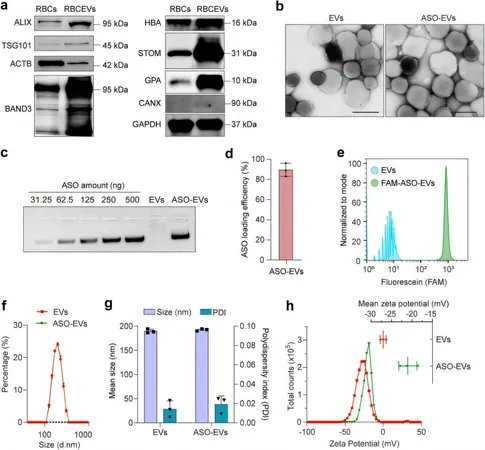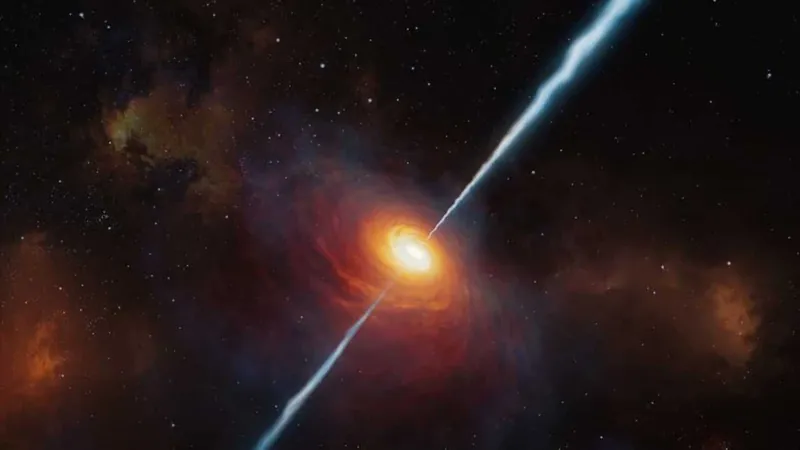
Arecibo Telescope Collapse: New Insights Reveal the Role of Radiation in Its Failure
2024-11-06
Author: Li
The dramatic collapse of the Arecibo Observatory's 305-meter telescope in 2020 has been attributed to a phenomenon known as zinc creep—a gradual deformation caused by stress impacting the telescope's cable spelter sockets. A recent report from the National Academies of Sciences, Engineering, and Medicine provides a comprehensive analysis, suggesting that this deformation was not merely a result of structural fatigue but may have been exacerbated by electroplasticity, a process where low-level electric currents influence the behavior of zinc.
History of the Arecibo Observatory
Constructed in 1963, Arecibo was a monumental achievement in astronomy, standing as the largest single-aperture telescope in the world until 2016. It played a crucial role in groundbreaking discoveries, including the identification of the first known binary pulsar. The telescope faced significant damage during Hurricane Maria in 2017, yet it continued to operate until a critical cable failed in 2020, leading to disastrous structural failure.
Repair Attempts and Demolition
Repair attempts were made in November 2020, but they were ultimately unsuccessful, prompting the National Science Foundation (NSF) to demolish the iconic structure and replace it with a new center dedicated to science education: the NSF Arecibo Center for Culturally Relevant and Inclusive Science Education, Computational Skills, and Community Engagement, slated to open next year.
Investigative Findings
While previous analyses by groups including NASA focused on progressive zinc extrusion leading to the disaster, the committee's report raises additional questions: Why did the telescope's equipment fail despite a safety factor of over two? And why did the spelter sockets show accelerated signs of deterioration unlike other similar components that have withstood the test of time?
Electromagnetic Radiation's Role
One contention of the recent investigation is that the unique electromagnetic radiation environment surrounding the Arecibo Telescope likely contributed to the accelerated zinc creep observed. The report argues that this hypothesis offers a plausible explanation for why such failures occurred, although it remains unprovable due to the complex nature of electroplasticity in this context.
Recommendations for Future Studies
The committee elaborates that the cables were not only under mechanical stress but also subject to electromagnetic influences that could induce current in the cables over extended periods. Previous studies on zinc electroplasticity were conducted under controlled laboratory conditions with significantly different electrical parameters.
The report calls for comprehensive future studies to better understand low-current electroplasticity and its impact on materials like zinc over prolonged periods. Recommendations also include improving safety protocols and maintenance strategies to prevent such structural failures in the future.
Conclusion
An official from the NSF expressed appreciation for the committee's thorough review, emphasizing the importance of incorporating their findings into future projects to enhance safety and reliability.
As the Arecibo legacy continues through scientific education and engagement, it's essential to remember the profound impact this iconic telescope had on our understanding of the universe. The investigation into its tragic collapse remains an important step toward ensuring that future scientific endeavors are conducted with enhanced safety measures and scrutiny.




 Brasil (PT)
Brasil (PT)
 Canada (EN)
Canada (EN)
 Chile (ES)
Chile (ES)
 España (ES)
España (ES)
 France (FR)
France (FR)
 Hong Kong (EN)
Hong Kong (EN)
 Italia (IT)
Italia (IT)
 日本 (JA)
日本 (JA)
 Magyarország (HU)
Magyarország (HU)
 Norge (NO)
Norge (NO)
 Polska (PL)
Polska (PL)
 Schweiz (DE)
Schweiz (DE)
 Singapore (EN)
Singapore (EN)
 Sverige (SV)
Sverige (SV)
 Suomi (FI)
Suomi (FI)
 Türkiye (TR)
Türkiye (TR)